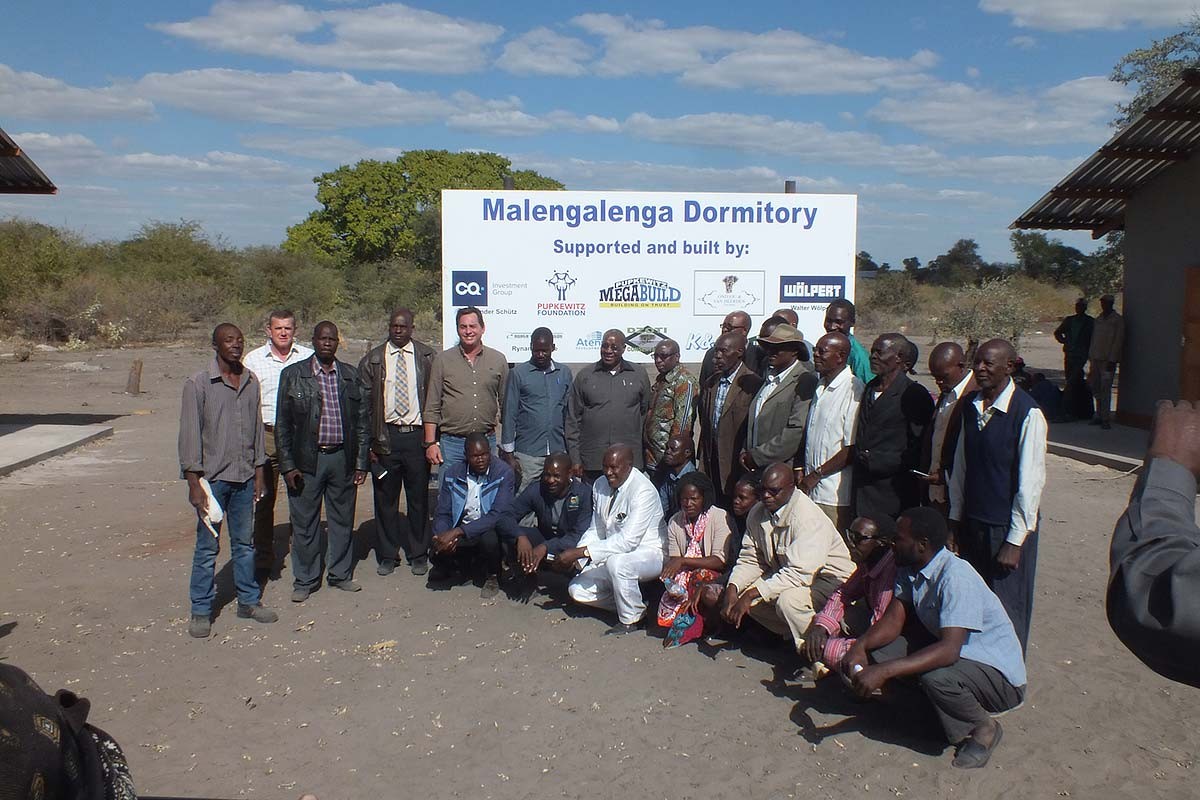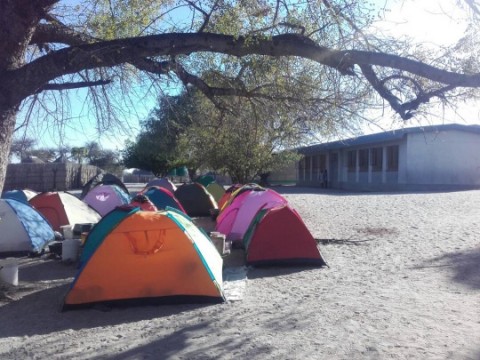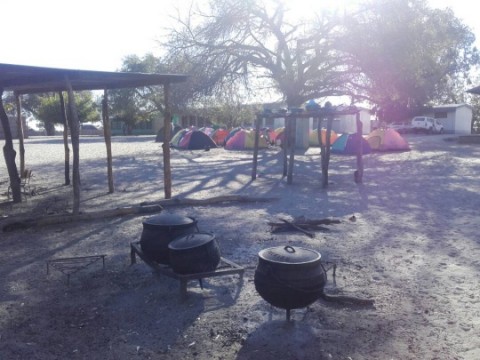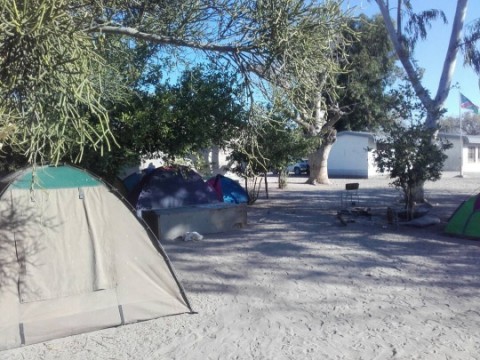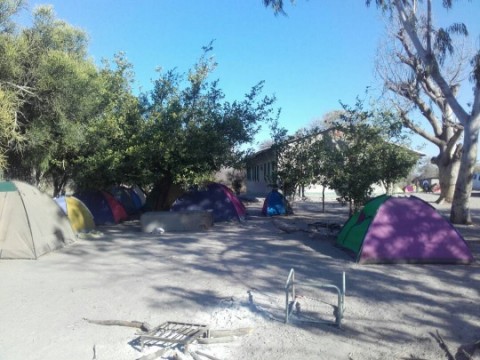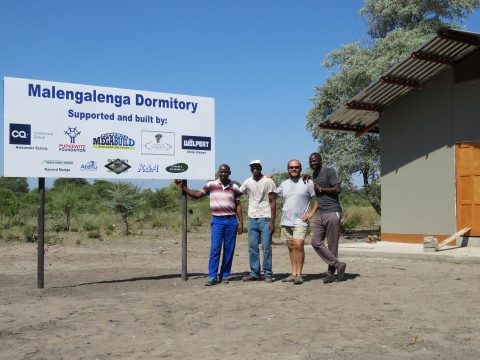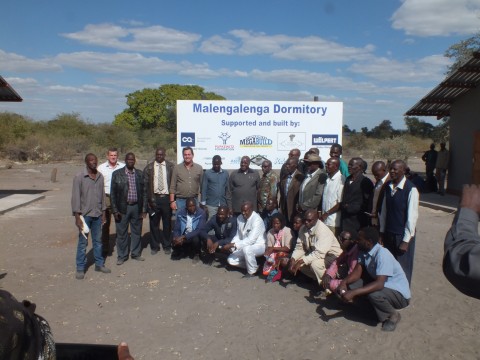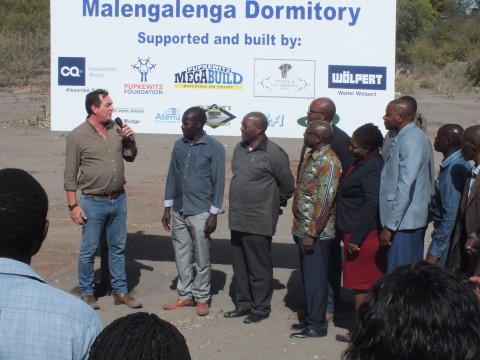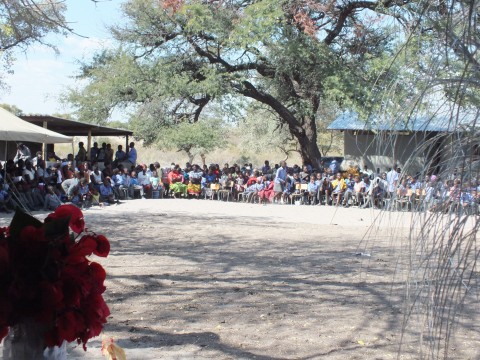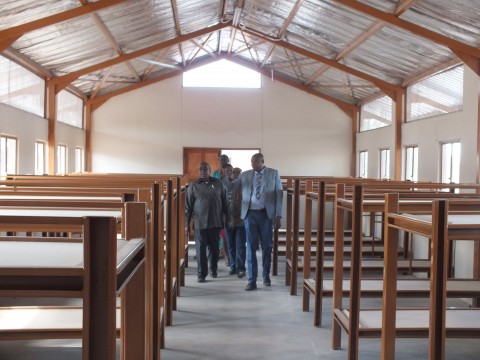Dormitory for Malengalenga Combined School
Thanks to the help of a couple of German hunters and a few other generous donors, Ondjou Safaris were able to build a dormitory for 30 boys and 30 girls at the Malengalenga Combined School ...
Malengalenga is after Sangwali the second largest village at the southern tip of the Zambezi Region.
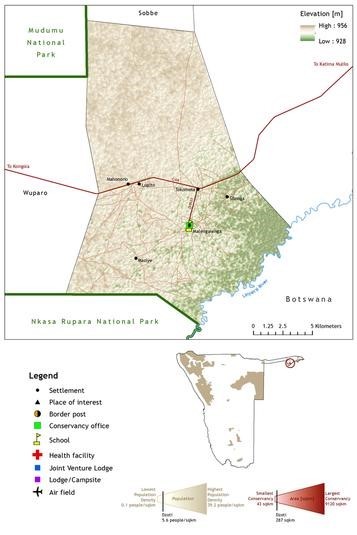
Malenga Lenga is the biggest village within the boundaries of Dzoti Communal Conservancy, which has a size of about 280 sqkm and a population of ca. 1,600 people. The village includes a pre-primary school, a combined school, the Dzoti Conservancy office and a devil’s claw storeroom.
The village connects via 3 km gravel road with the newly constructed tar road C49.
Kongola, 70 km away is the closest place to buy goods and provides access to a petrol station, post office and other government services, but many people rather go to Katima Mulilo over 110 km away from Malenga Lenga because it provides a wider range of shopping possibilities and the nearest access to a hospital.
Most of the people living in Malenga Lenga are of the Wayei ethnic group and the Siyeyi language is mainly spoken, also in the school.
Trophy hunting contributes the most to the area’s income. The hunting outfitter is the biggest private sector employer in Dzoti Conservancy and helps to support the local community with various projects.
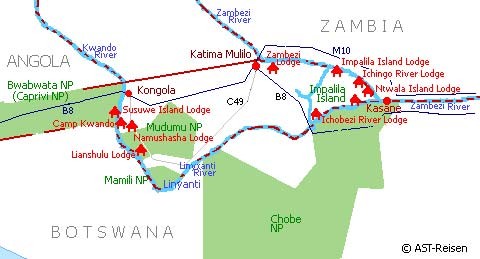
The Malenga Lenga combined school lies in the heart of the village and was established in 1972. In 2017 approximately 370 children from 8th to 10th grade were taught by 16 teachers. The complex consists of 10 class rooms, 6 toilets, the principal’s office and storeroom as well as a playground constructed by the hunting outfitter. Unfortunately, there is no library or computer room although the school is connected to the power grid. The school was also missing a dormitory with bathrooms and toilets. The children were sleeping in tents.
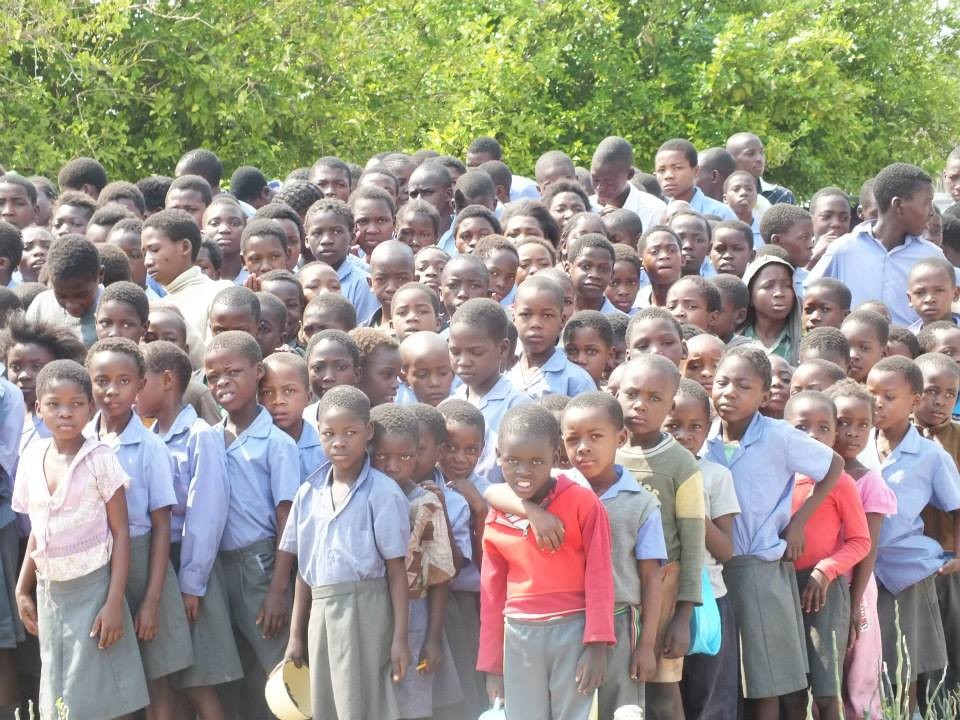
The kids of Malenga Lenga are the future of the region. Only through a solid school education the kids can learn the importance of the sustainable coexistence of human and wildlife.
The biggest challenges present the overcrowded classrooms, approx. 37 pupils per class room. Some classes even consist of up to 40 kids.
Many children originate from remote villages and have to walk very far every day to get to school. The way to school hides many dangers, especially big game and predators. Especially in the winter months the kids must leave their homes before dawn and have to walk in the darkness to school.
Before Ondjou Safaris built the dormitory only a few students had the opportunity to sleep in small tents next to the school building (see image 5 & 6). There was no sanitary facilities (toilets, sinks, showers) or cooking facilities for these children.
The water is supplied by a water pump. The diesel engine is financed by the Namibian government.
Thanks to the help of a couple of German hunters and a few other generous donors, Ondjou Safaris, the current hunting provider in Dzoti Conservancy, was able to put together a blueprint. The plan consisted of 2 buildings, one block for girls and one for boys. Each dormitory can accommodate up to 30 children. Each block has its own shower and toilet facility, which is directly connected to the dormitory. This sanitary facility consists of 4 toilets, 5 showers and a cement washbasin area. The design and materials were selected according to specific criteria, where longevity, quality and pragmatism played the biggest role. Thus, both buildings have special gauze windows on the upper part of the walls, which should contribute to better ventilation, especially in the very hot months (Oct - Apr), but importantly to protect the children against mosquitoes, because the risk of getting malaria is quite high in Dzoti. The children sleep on bunk beds and receive a lockable closet and storage facility.
After determining the exact location of the 2 dormitory buildings, the start of construction took place at the end of October 2018. A contractor, also from Dzoti, had been awarded the building contract because his proposal offered the best price-performance ratio. In addition, various local part-time jobs were created. Some positions were even filled by female employees. Construction was progressing well, and we are proud that both buildings were handed over in a grand opening on 27 June 2019.
The aim is also to make funds available for a constant supply of the children with hygiene items (for example, laundry soap, toilet paper, feminine hygiene products for young girls, etc.), linen, bedding including mattresses and of course the ongoing maintenance of the building and its cleaning.
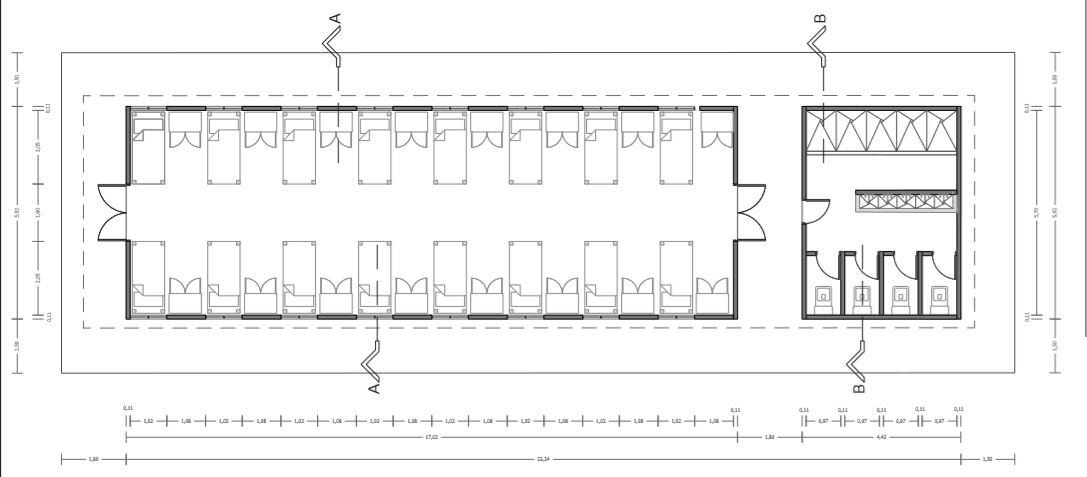
When you subscribe to the blog, we will send you an e-mail when there are new updates on the site so you wouldn't miss them.




